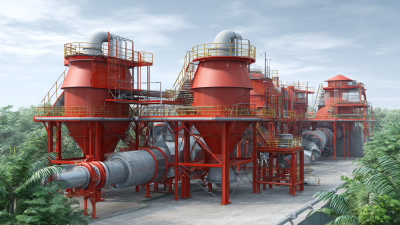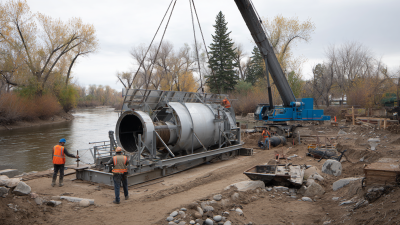

You know, in the constantly changing world of oil and gas, everyone’s really focused on finding smarter ways to be more efficient and eco-friendly. That’s where stuff like hydrocyclones come into play – they’re pretty much a game-changer when it comes to pulling solids out of liquids. Recently, I read a report from Market Research Future that says the hydrocyclone market in the oil and gas scene is about to boom. Why? Because there’s more exploration happening than ever, plus tighter environmental rules making companies look for better technologies. I also came across some info from Shanghai Shangjiang Petroleum Engineering Equipment Co., Ltd. — they’re all about pushing forward with better separation and filtration tech. The thing is, as designs improve and capabilities get better, it’s easier for the industry to tackle these challenges. Using hydrocyclones in oil and gas isn’t just about being efficient; it also helps the industry move toward being more sustainable. Honestly, it looks like hydrocyclones are set to be a big part of the future in this field.
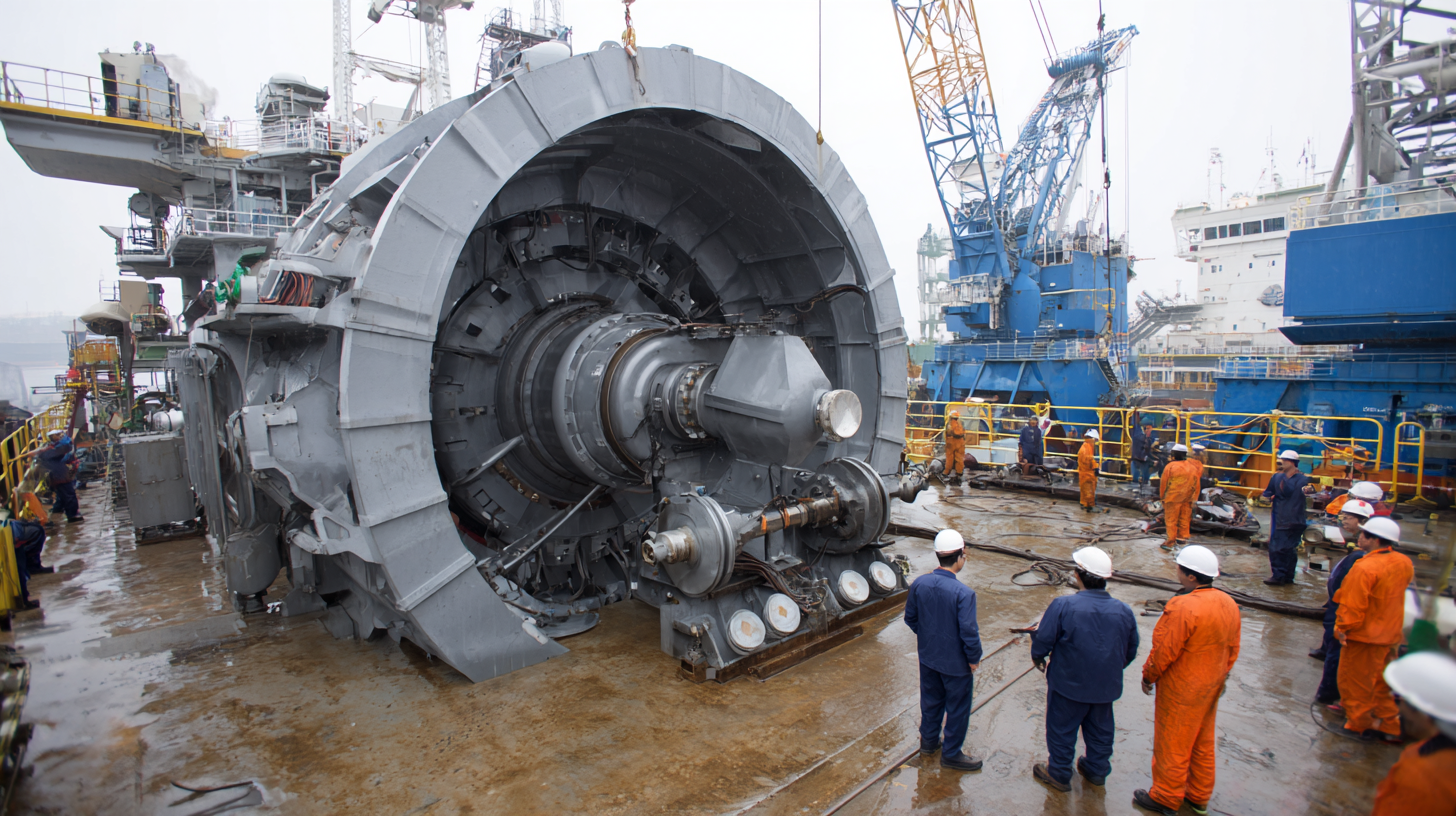
Hydrocyclone technology keeps getting better and more innovative, especially when it comes to separating oil and gas. Lately, there’s been a lot of exciting research showing how tweaking the design of traditional hydrocyclones can really boost their performance, particularly in these tricky three-phase separation processes. For example, computer simulations have revealed that small changes to how the inlet is designed can make a big difference—improving how well the device separates oil and water by taking advantage of their natural density differences. That’s especially true for dewatering hydrocyclones, where adding an annular vortex finder seems to help separation, based on particle image velocimetry studies.
On top of that, improvements in hydrocyclone shapes and structures are making a real impact. They’re helping us recover resources more efficiently and cut down on energy use during separation. Researchers have been experimenting with different inlet designs, like switching to an involute shape, which has resulted in better purification—for instance, pulling apart TiO2 from SiO2 waste more effectively. All these small upgrades really add up, making oil and gas operations more sustainable. It’s pretty clear that the industry is moving toward smarter, low-energy separation tech that not only gets the job done better but also keeps an eye on the environment.
| Application Area | Hydrocyclone Type | Separation Efficiency (%) | Flow Rate (m³/h) | Application Benefits |
|---|---|---|---|---|
| Oil Sands Processing | Tangential Entry Hydrocyclone | 90 | 500 | Increased oil recovery, reduced waste |
| Produced Water Treatment | Desander Hydrocyclone | 85 | 800 | Efficient removal of solids, protects downstream equipment |
| Crude Oil Stabilization | Inline Hydrocyclone | 92 | 300 | Improved stability of crude oil, reduced operational costs |
| Gas-to-Liquid Conversion | High-Rate Hydrocyclone | 88 | 450 | Enhanced conversion rates, minimal waste generation |
| Desalting | Desalter Hydrocyclone | 95 | 600 | Effective removal of salt and impurities |
Hydrocyclone technology has really become a game-changer in boosting oil recovery, especially when it comes to reducing water content in crude oil production. Essentially, these devices do a pretty good job at separating oil from water, making the whole process cleaner and more efficient. Lately, there’s been some exciting progress—like optimizing hydrocyclone coalescers—that’s showing some serious promise. By using the response surface method to fine-tune their design, engineers are actually improving separation performance, which means more oil gets concentrated in the feed stream and overall recovery rates go up.
Plus, new techniques are popping up all the time—like using amphiphilic ionic liquids for demulsification. These innovative solutions help break down those stubborn water-in-oil emulsions and also tackle environmental concerns tied to oil extraction. On top of that, employing computer simulations to design hydrocyclones better is really helping refine operational settings, which leads to more efficient solid-liquid separation. As the oil industry keeps pushing for more sustainable practices, all these improvements in hydrocyclone systems give us hope—better recovery, less environmental impact, and a step toward more responsible extraction.
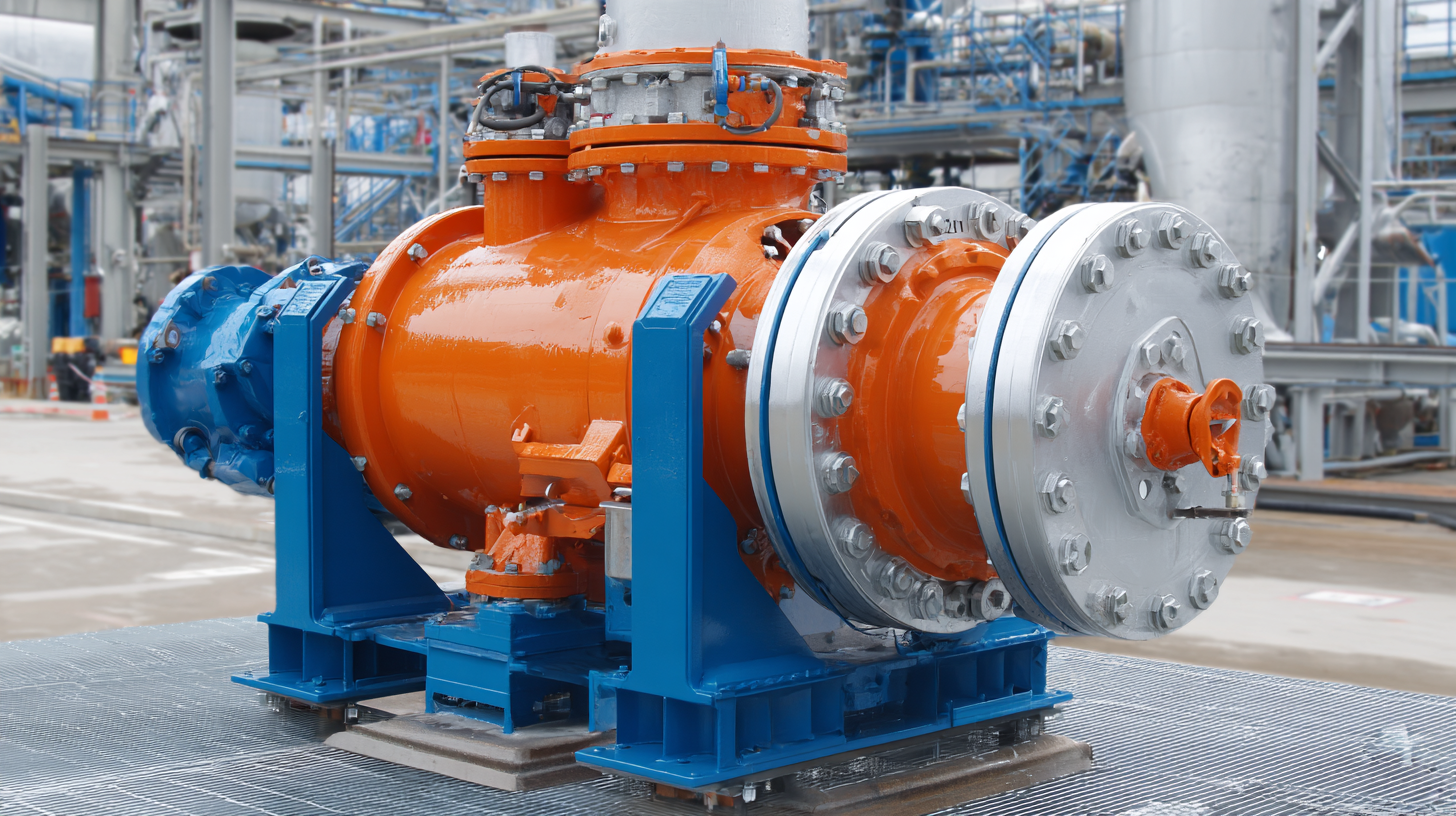
You know, using hydrocyclone technology in produced water treatment plants has really become a game-changer in the oil and gas world, especially here in places like Qatar. So, produced water—that’s basically the water coming out when they extract oil—is a big environmental headache. That’s why having effective treatment methods is so important. Hydrocyclones work by spinning the liquid really fast, using centrifugal force to separate out the particles and droplets. They've actually proven to be pretty good at cleaning up produced water, making it quality enough to be either safely disposed of or even reused.
From what I’ve seen in different projects, adding hydrocyclones into these water treatment setups in Qatar has made a noticeable difference in how efficiently everything runs. They can do a solid job of separating contaminants without relying heavily on chemicals, which saves money and reduces environmental impact. Plus, the beauty of hydrocyclones is that they can be fine-tuned to target specific pollutants, based on what’s in the water.
This makes the whole wastewater management process more tailored and smarter for oilfield needs. As everyone’s really pushing for more sustainable practices these days, the use of hydrocyclone technology seems to be paving the way for a new, better era in how we handle oilfield wastewater.
Hydrocyclone technology has really become a key player in making drilling fluid management safer and more efficient in the oil and gas world. Lately, there’s been a lot of focus on tweaking the geometric design of filtering conical hydrocyclones—pretty much an industry-wide push to do things better, faster, and with less energy. These new, innovative designs aren’t just about looking good—they actually help separate solids more effectively, which cuts down on problems caused by pressure swings and makes the whole drilling process more stable and reliable.
On top of that, using three-phase hydrocyclone separators is a game-changer when it comes to handling different fluid components. Some recent research into how particles move and get sorted inside multi-stage cylindrical hydrocyclones shows these systems do a great job of keeping fine particles from ending up in the wrong places—especially in the underflow—meaning better quality drilling fluid overall. As the worldwide demand for hydrocyclone systems keeps growing, we at Shanghai Shangjiang Petroleum Engineering Equipment Co., Ltd. are super committed to improving and perfecting cyclone separation tech. That’s how we stay ahead of the game—making sure drilling is safer, more efficient, and just all-around better for everyone involved.
Lately, there’s been a lot of buzz around how hydrocyclones are stacking up against the traditional separation tech used in oil and gas. Folks are especially interested because of some recent upgrades in their design and features. I came across a study that talks about this cool new hydrocyclone membrane filtration cell, which is specifically tuned for low-fouling water filtration—pretty neat, right? The CFD simulations show that this new design creates really strong swirling turbulent flows, which are crucial for better separation and making the whole system run smoother. Plus, since these hydrocyclones are 3D-printed, they’re cheaper to produce, and they tend to clog less, which means less downtime and better performance overall.
Oh, and it gets more interesting! Recent experiments with hydrocyclones that have reflux capabilities show they can even be used to recover heat from sewage. That’s a pretty clever way of going beyond just separating stuff. These devices are pretty versatile, too—they can handle complex mixtures with oil, particles, and water all at once. And they’re pretty good at saving energy compared to older methods. For example, improving dewatering hydrocyclones can really boost how well they separate stuff, making them a real game-changer for modern oil and gas operations.
The oil and gas industry is really on the verge of a big shake-up, thanks to some exciting advancements in hydrocyclone technology. These days, modern hydrocyclones are being redesigned to boost their efficiency and separation precision — basically, they’re getting better at doing the job they’re meant for, whether it’s upstream or downstream. As everyone’s pushing for cleaner, more efficient ways to extract resources, these innovations in hydrocyclone design could make a real difference. They help separate solids and liquids more accurately, which means less waste and better use of resources overall.
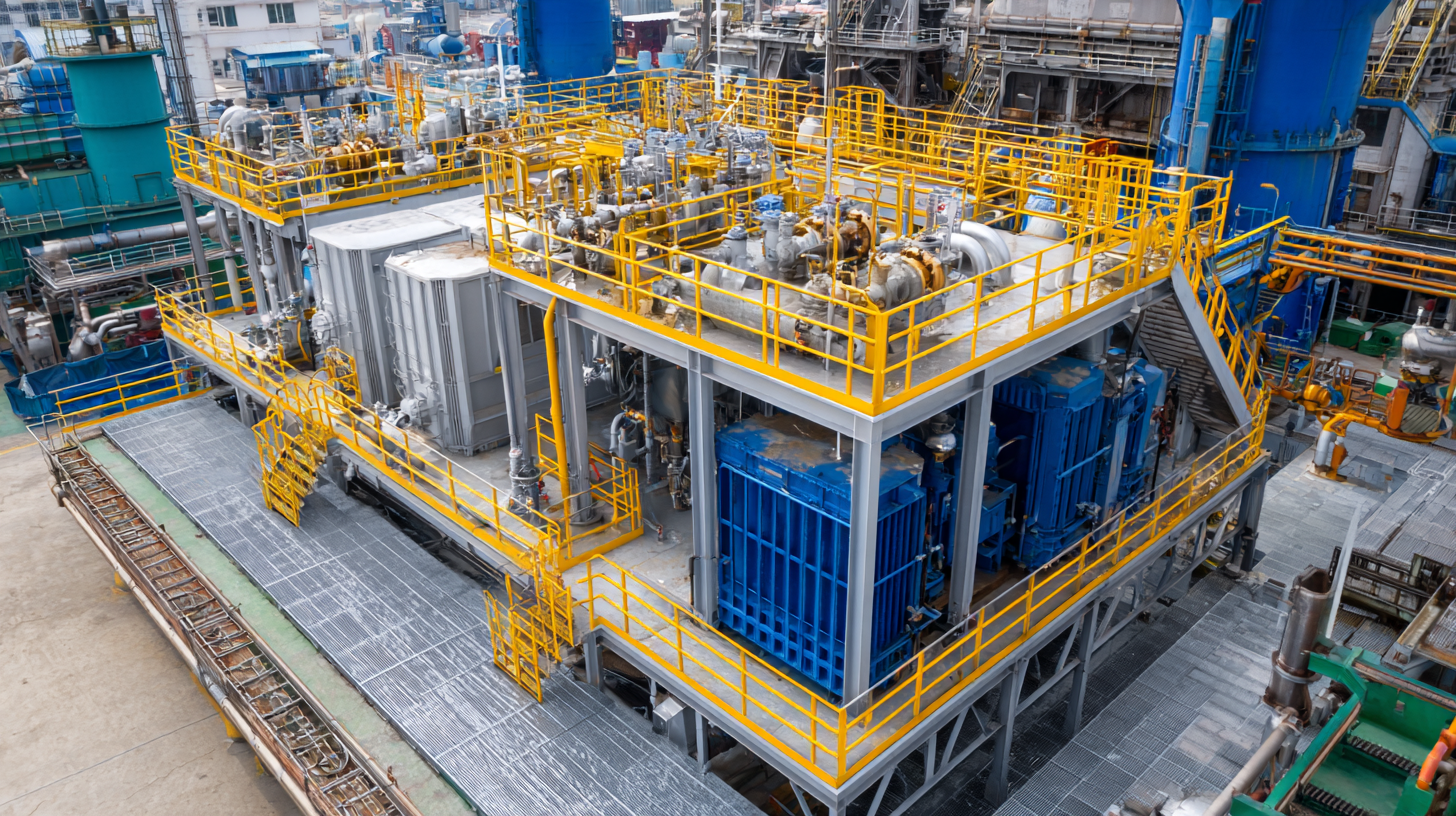
At Shanghai Shangjiang Petroleum Engineering Equipment Co., Ltd., we’re all about pushing the limits when it comes to cyclone separation tech. We’re constantly working on new research and development to craft advanced filtration and separation tools specifically for the oil and gas industry. Looking ahead, it seems like future hydrocyclones are headed toward more automation and smarter features—imagine systems that use real-time data and machine learning to optimize operations. By embracing these upcoming innovations, our goal is to help our clients boost productivity while also making their operations more sustainable. It’s an exciting time, and we’re just getting started!
: Hydrocyclones primarily function to separate oil from water, effectively reducing water content in crude oil production and enhancing the oil extraction process.
Hydrocyclones use centrifugal force to separate particles and droplets from liquids, which significantly reduces contaminants in produced water and enhances the quality of the effluent.
Recent advancements include the optimization of hydrocyclone coalescers through response surface methodology and the development of amphiphilic ionic liquids for improving demulsification.
Hydrocyclones minimize the need for extensive chemical treatments in water treatment, thereby reducing costs and lessening the environmental impact associated with oil extraction processes.
Hydrocyclones have been integrated into produced water treatment systems in Qatar, leading to significant improvements in operational efficiency and the ability to achieve high separation levels while addressing specific contaminants.
Numerical simulations assist in refining operational parameters within hydrocyclone design, contributing to greater efficiency in solid-liquid separation processes.
Yes, hydrocyclone technology can be tailored to effectively target specific contaminants based on the unique characteristics of the produced water being treated.
A key benefit is the ability to enhance separation performance and improve oil concentration in the feed stream, which ultimately maximizes recovery rates.
Hydrocyclone technology plays a critical role in promoting sustainability by addressing environmental challenges, reducing chemical usage, and enhancing the overall efficiency of oil recovery and wastewater treatment.
Hydrocyclone technology holds significant promise for the future by offering innovative solutions for enhanced oil recovery and improved environmental stewardship within the oil and gas industry.
You know, in the oil and gas world, hydrocyclones have really become a game-changer for making separation processes run smoother and boosting efficiency overall. People are now using these systems to cut down water in crude oil more effectively, which actually helps get more oil out of the ground. I’ve seen some case studies showing just how well they work for treating produced water; they make the whole process simpler and even safer when dealing with drilling fluids.
Plus, hydrocyclones are pretty budget-friendly compared to some old-school separation methods—definitely a plus for companies looking to save some cash. And with new designs and improvements being made all the time, the future looks pretty promising for extra efficiency and capabilities in the industry. Companies like Shanghai Shangjiang Petroleum Engineering Equipment Co., Ltd. are really leading the charge here, focusing on pushing these cyclone technologies further to keep up with all the growing demands. It’s an exciting time for sure!
